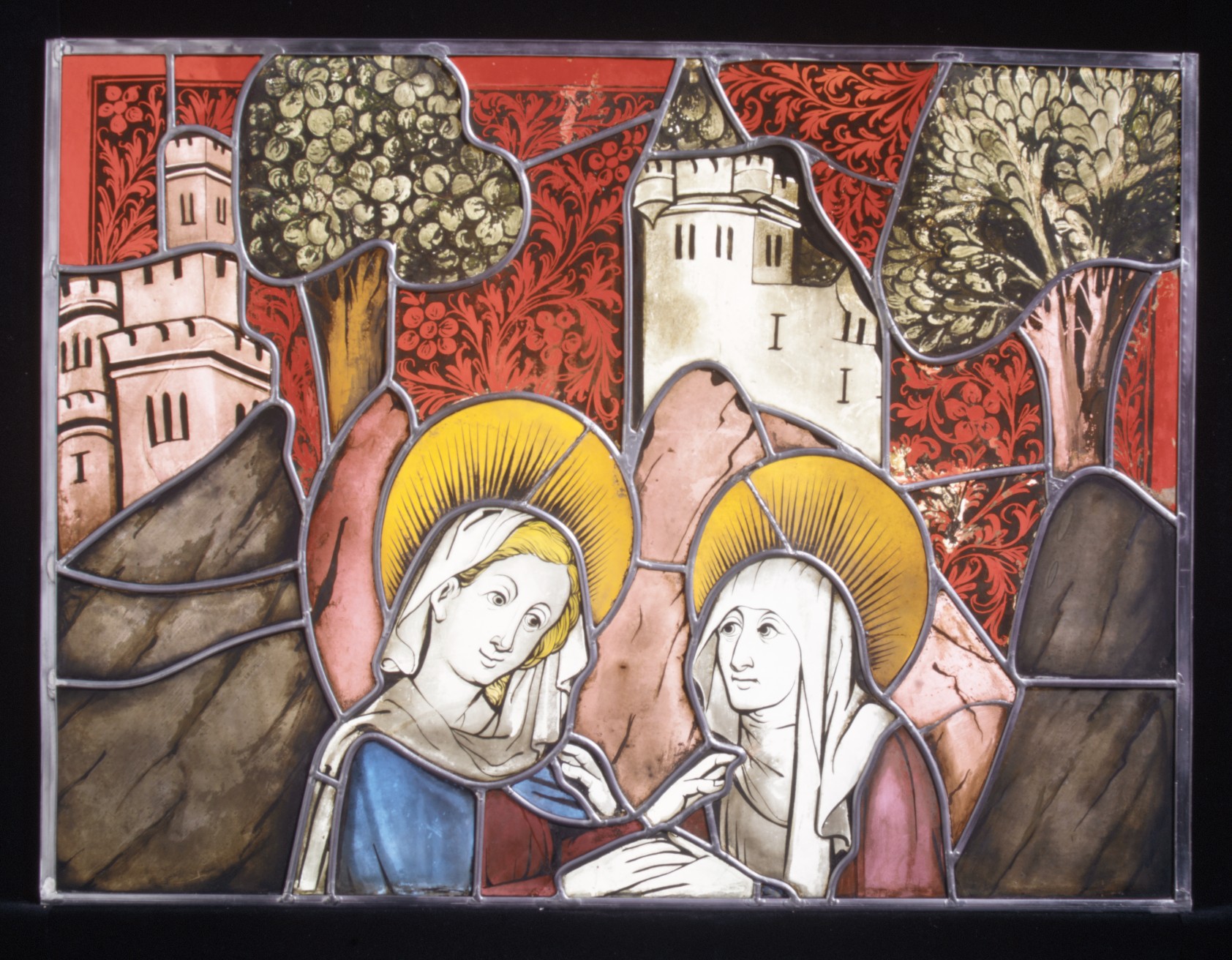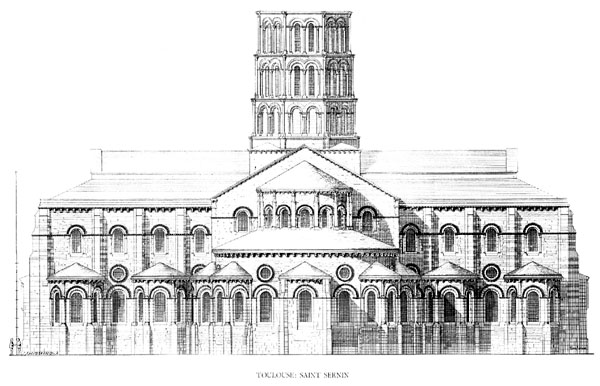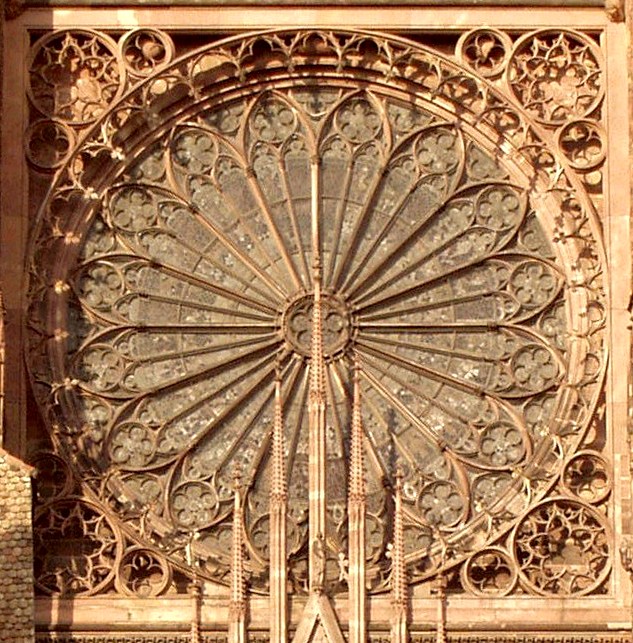|
Cathedral Of Monza
The Duomo of Monza (), often known in English as Monza Cathedral, is the main religious building of Monza, Italy. Unlike most duomos, it is not in fact a cathedral, as Monza has always been part of the Diocese of Milan, but is in the charge of an archpriest who has the right to certain episcopal vestments including the mitre and the ring. The church is also known as the Basilica of San Giovanni Battista from its dedication to John the Baptist. History The basilica, which would in essence have been completed by 603 when heir to the Lombard throne Adaloald was baptised here by Secundus of Non, is believed to have been commissioned towards the end of the sixth century by the Lombard Queen of Italy, Theodelinda, as a royal chapel to serve the nearby palace.‘Storia de ... [...More Info...] [...Related Items...] OR: [Wikipedia] [Google] [Baidu] |
Monza
Monza (, ; lmo, label= Lombard, Monça, locally ; lat, Modoetia) is a city and ''comune'' on the River Lambro, a tributary of the Po in the Lombardy region of Italy, about north-northeast of Milan. It is the capital of the Province of Monza and Brianza. Monza is best known for its Grand Prix motor racing circuit, the Autodromo Nazionale di Monza, which hosts the Formula One Italian Grand Prix with a massive Italian support '' tifosi'' for the Ferrari team. On 11 June 2004, Monza was designated the capital of the new province of Monza and Brianza. The new administrative arrangement came fully into effect in summer 2009; previously, Monza was a ''comune'' within the province of Milan. Monza is the third-largest city of Lombardy and is the most important economic, industrial and administrative centre of the Brianza area, supporting a textile industry and a publishing trade. Monza also hosts a Department of the University of Milan Bicocca, a Court of Justice and sever ... [...More Info...] [...Related Items...] OR: [Wikipedia] [Google] [Baidu] |
Theodelinda
Theodelinda also spelled ''Theudelinde'' ( 570–628 AD), was a queen of the Lombards by marriage to two consecutive Lombard rulers, Autari and then Agilulf, and regent of Lombardia during the minority of her son Adaloald, and co-regent when he reached majority, from 616 to 626. For well over thirty years, she exercised influence across the Lombard realm, which comprised most of Italy between the Apennines and the Alps. Born a Frankish Catholic, she convinced her first spouse Autari to convert from pagan beliefs to Christianity. Life She was the daughter of duke Garibald I of Bavaria and Waldrada. Born a Bavarian princess to King Garibald, Theodelinda's heritage included being descended on her mother's side from the previous Lombard king, Waco, whose family had ruled seven generations prior according tradition. First marriage Theodelinda was married first in 588 to Authari, king of the Lombards, son of King Cleph. There are indications that Pope Gregory I may have had an i ... [...More Info...] [...Related Items...] OR: [Wikipedia] [Google] [Baidu] |
Gargoyle
In architecture, and specifically Gothic architecture, a gargoyle () is a carved or formed grotesque with a spout designed to convey water from a roof and away from the side of a building, thereby preventing it from running down masonry walls and eroding the mortar between. Architects often used multiple gargoyles on a building to divide the flow of rainwater off the roof to minimize potential damage from rainstorms. A trough is cut in the back of the gargoyle and rainwater typically exits through the open mouth. Gargoyles are usually elongated fantastical animals because their length determines how far water is directed from the wall. When Gothic flying buttresses were used, aqueducts were sometimes cut into the buttress to divert water over the aisle walls. Etymology The term originates from the French ''gargouille,'' which in English is likely to mean "throat" or is otherwise known as the "gullet"; cf. Latin ''gurgulio, gula, gargula'' ("gullet" or "throat") and simila ... [...More Info...] [...Related Items...] OR: [Wikipedia] [Google] [Baidu] |
Gothic Art
Gothic art was a style of medieval art that developed in Northern France out of Romanesque art in the 12th century AD, led by the concurrent development of Gothic architecture. It spread to all of Western Europe, and much of Northern, Southern and Central Europe, never quite effacing more classical styles in Italy. In the late 14th century, the sophisticated court style of International Gothic developed, which continued to evolve until the late 15th century. In many areas, especially Germany, Late Gothic art continued well into the 16th century, before being subsumed into Renaissance art. Primary media in the Gothic period included sculpture, panel painting, stained glass, fresco and illuminated manuscripts. The easily recognizable shifts in architecture from Romanesque to Gothic, and Gothic to Renaissance styles, are typically used to define the periods in art in all media, although in many ways figurative art developed at a different pace. The earliest Gothic art was monu ... [...More Info...] [...Related Items...] OR: [Wikipedia] [Google] [Baidu] |
Romanesque Architecture
Romanesque architecture is an architectural style of medieval Europe characterized by semi-circular arches. There is no consensus for the beginning date of the Romanesque style, with proposals ranging from the 6th to the 11th century, this later date being the most commonly held. In the 12th century it developed into the Gothic style, marked by pointed arches. Examples of Romanesque architecture can be found across the continent, making it the first pan-European architectural style since Imperial Roman architecture. The Romanesque style in England and Sicily is traditionally referred to as Norman architecture. Combining features of ancient Roman and Byzantine buildings and other local traditions, Romanesque architecture is known by its massive quality, thick walls, round arches, sturdy pillars, barrel vaults, large towers and decorative arcading. Each building has clearly defined forms, frequently of very regular, symmetrical plan; the overall appearance is one of simpli ... [...More Info...] [...Related Items...] OR: [Wikipedia] [Google] [Baidu] |
.jpg)


